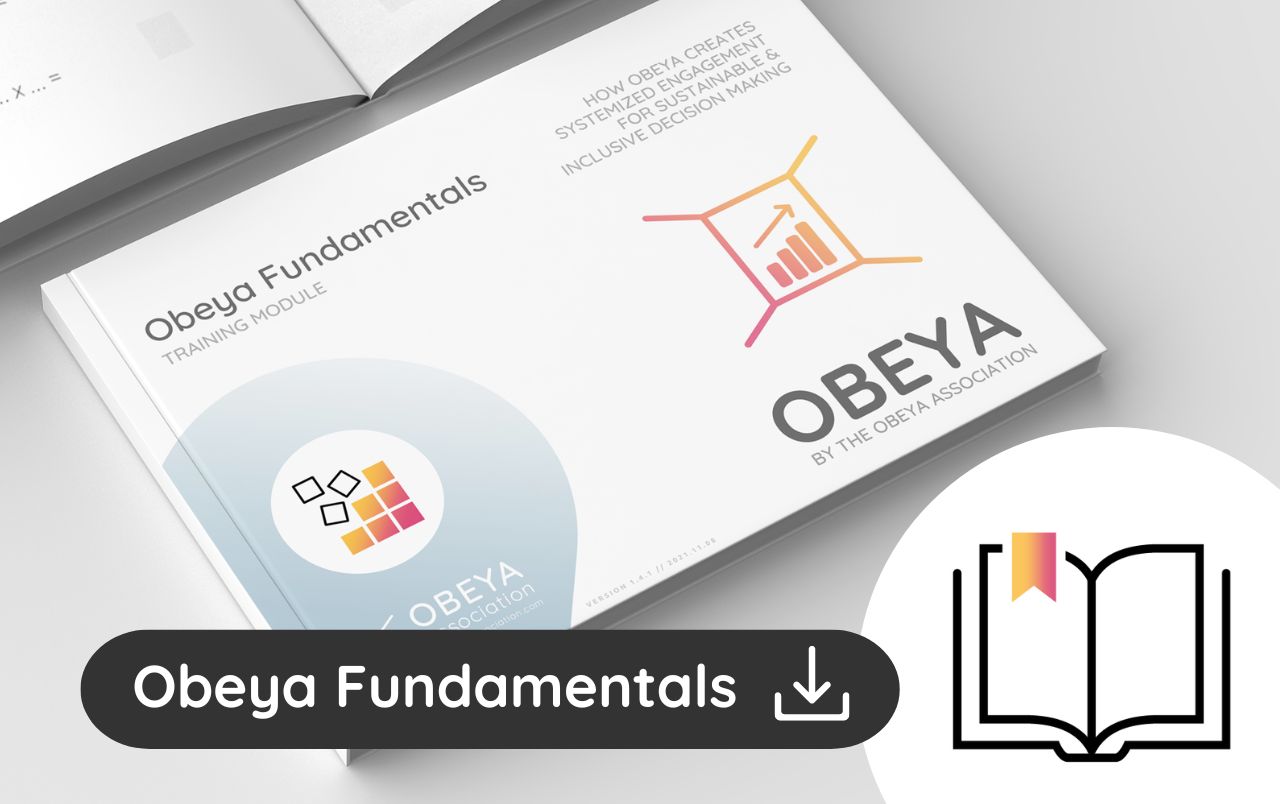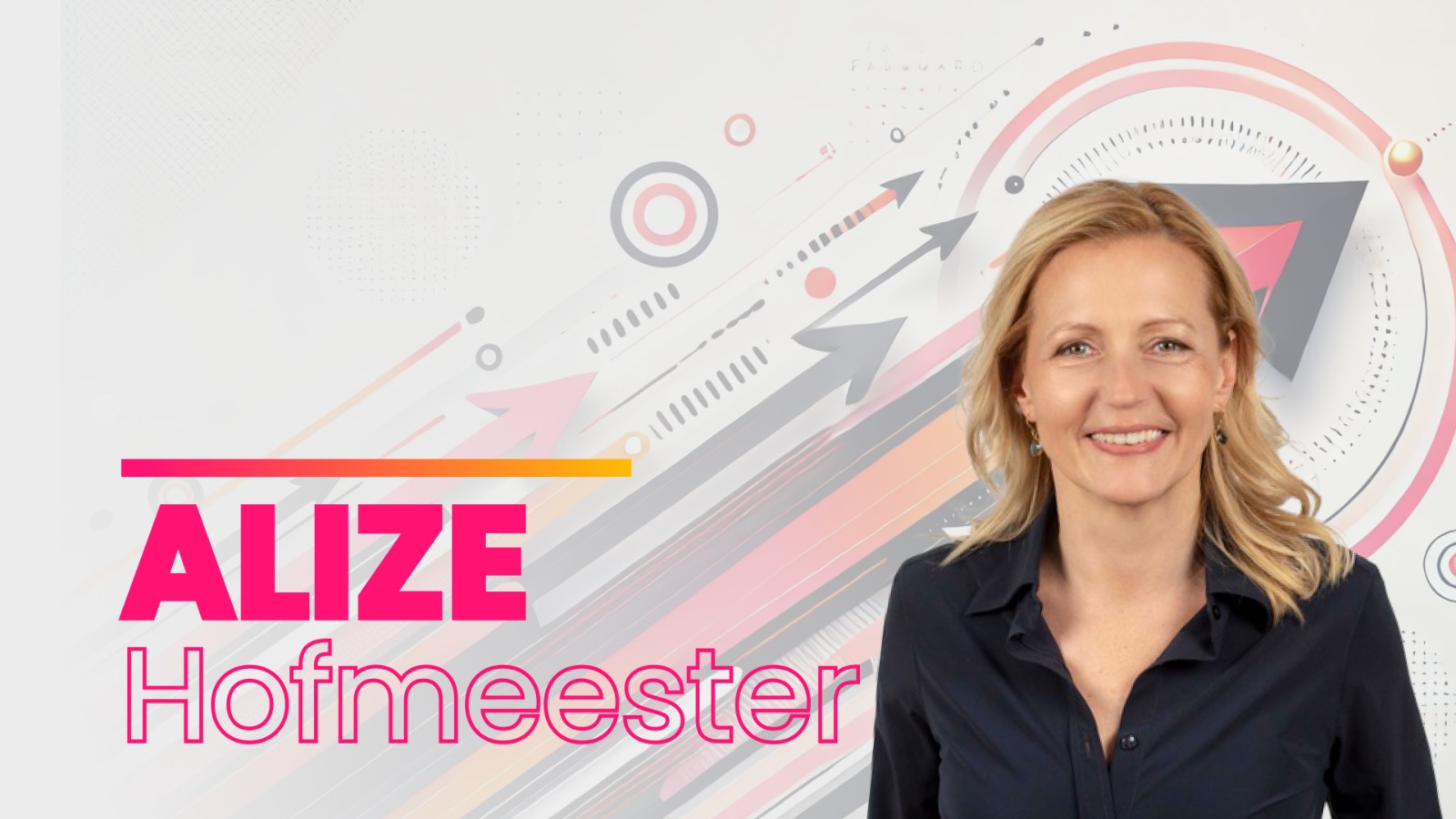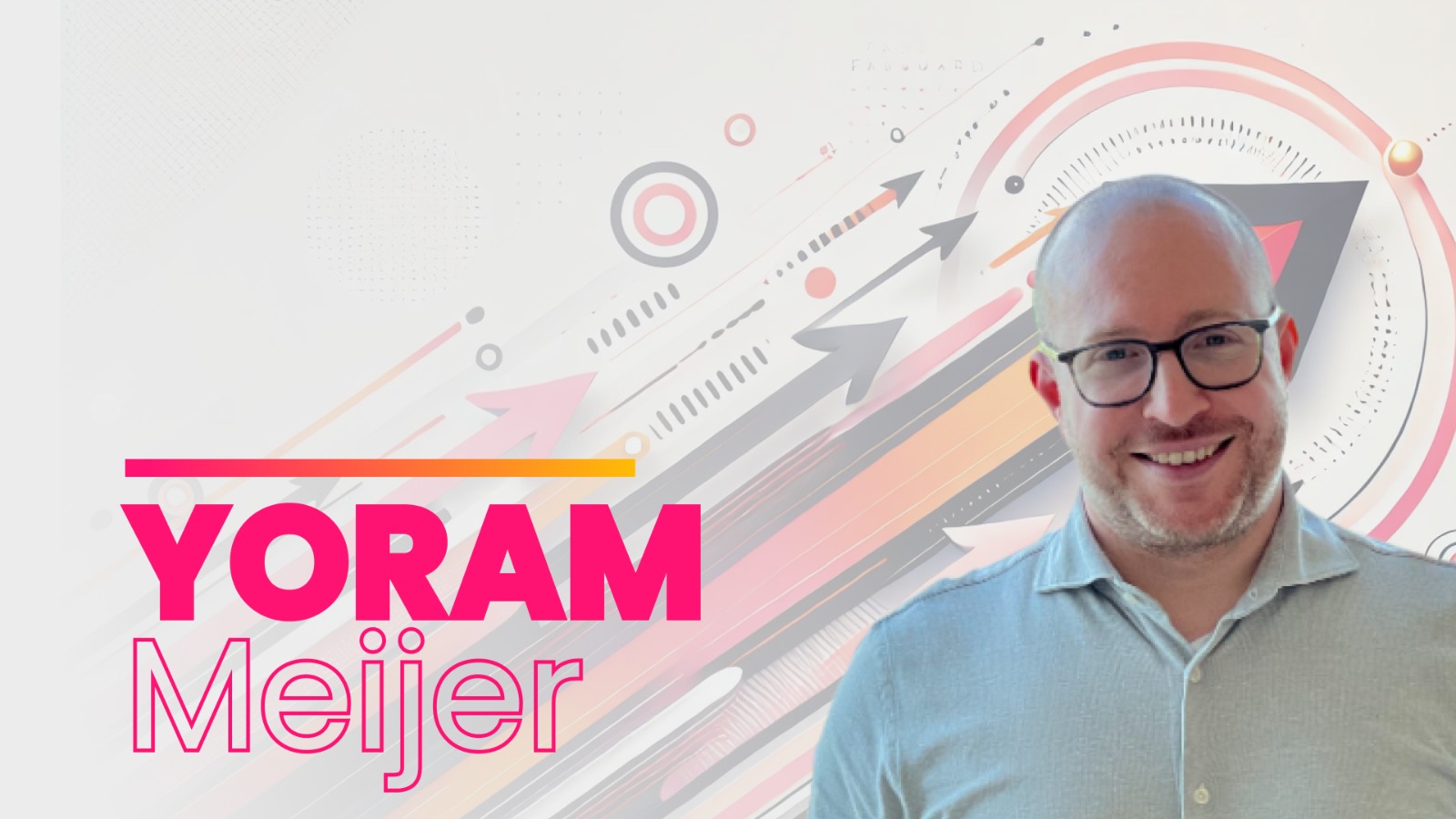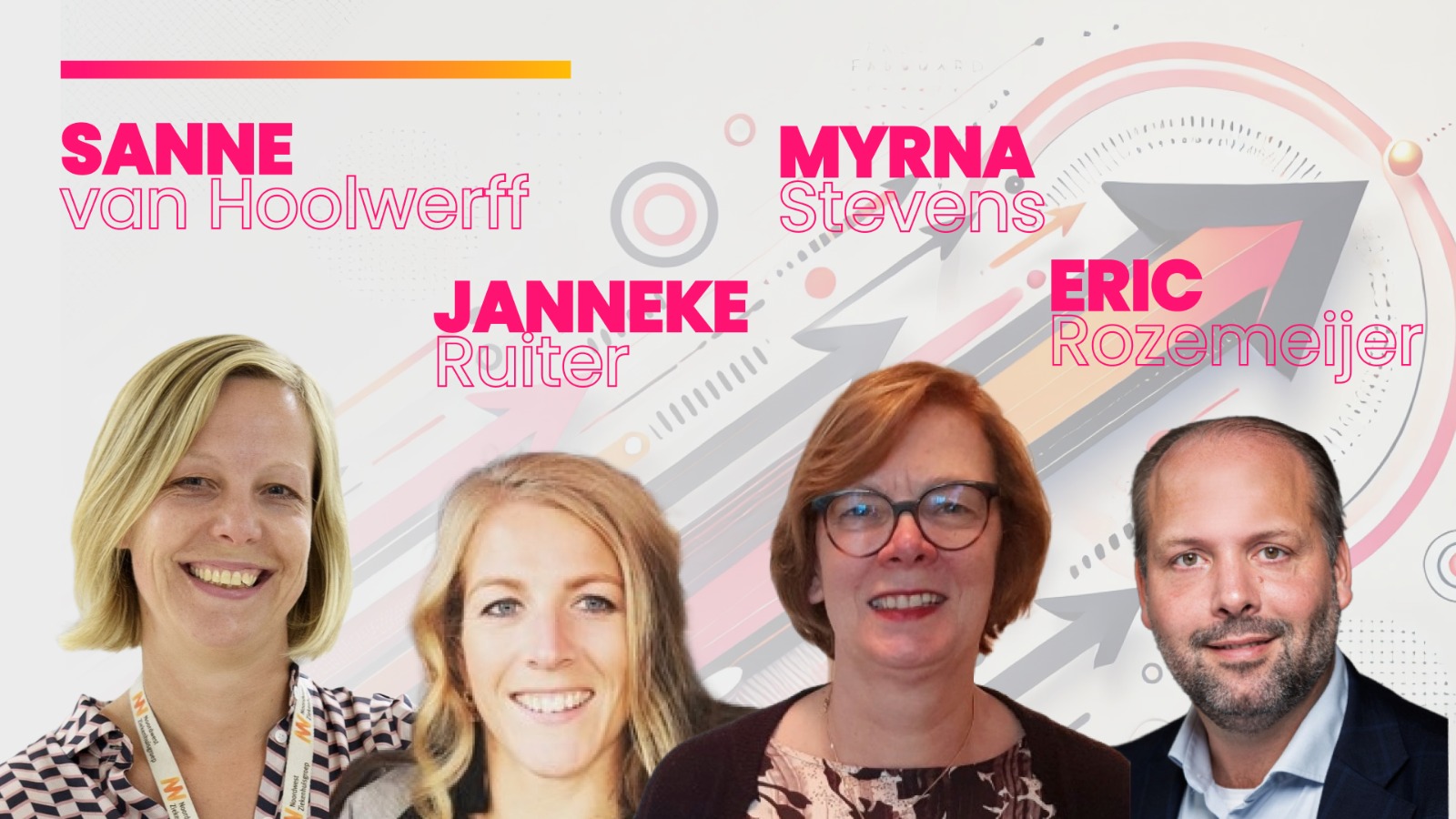Every day new businesses are opened while others are closed. One thing is certain, it’s that when it comes to business-critical decisions like choosing a method to improve performance in the cleanest and most efficient way, people usually differ which method is more effective for reducing cost and waste. Both Lean systems and Six Sigma aim to systematically remove waste, reduce variation and create the most coherent system. However, they don’t take the same approach to achieve this goal, as they differ in defining the main reason for waste. While Six Sigma focuses entirely on the manufacturing process, Lean is in every aspect of a business.
It is a method used to improve people, resources, efforts, and energy of your business to create value for the customer. It is used to continuously deliver optimized value to the customers and maintain a flexible business by creating a systematic approach to reduce activities that don’t add value to the process by removing unnecessary steps and taking only the value-added steps.
What is Lean?
Lean focuses mainly on 5 principles:
- Identifying your customers and what they value
- Mapping the value stream
- Creating flow to the customer
- Establishing pull based on customer demand
- Seeking continuous improvement
And removing 8 types of waste:
- Defects: The errors through reworking or scrapping the product.
- Transport: More than necessary movement of people, equipment, inventory, products, or information without any added value to the final product or service.
- Inventory: Unwanted and excessive storage of information and/or materials.
- Waiting: It’s the idle time created because equipment, information, or people are not ready, so it includes high job setup time in manufacturing.
- Over-processing: Extra steps in a process without an added value to the product or service.
- Overproduction: Producing more products or services than the customer needs.
- value and increases cost.
- Non – Utilized talent: It happens when the manufacturing environment fails to ensure that the potential of an employee is fully utilized.
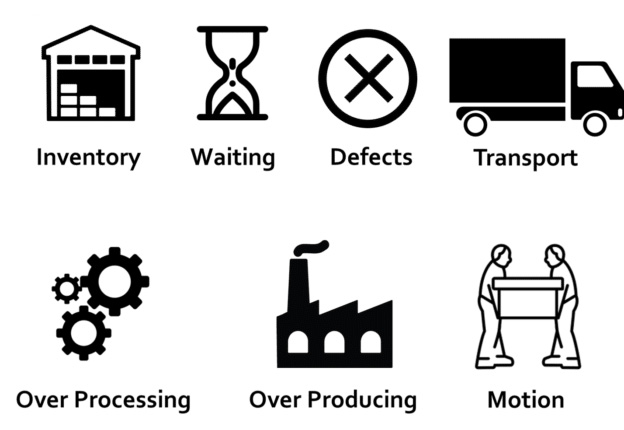
Another term that’s associated with Lean is Obeya, the term is taken from Japanese language and means “Big room”. However, in terms of Lean, it is a part of the Visual Management, which is a best practice from Lean that focuses on preparing a physical space where the planning and strategizing processes happen. Obeya helps provide visual support like tables, charts and graphs to further analyze every aspect of a process and decision, which ultimately leads to more direct communication, generating new ideas, employees feeling more involved and gaining valuable insights that contribute to more understanding and willingness to improve.
People usually associate the history of Lean with Toyota, even though it goes way back to 1450s in Venice, subsequently Henry Ford became the first person to integrate the concept of Lean in the manufacturing system. Toyota then came up with the Toyota Production System, which was inspired from Ford’s production concept after World War II in the 1930s.
What is Six Sigma?
ASQ (The American Society for Quality) defines Lean Six Sigma as: “A fact-based, data-driven philosophy of improvement that values defect prevention over defect detection. It drives customer satisfaction and bottom-line results by reducing variation, waste, and cycle time, while promoting the use of work standardization and flow, thereby creating a competitive advantage. It applies anywhere variation and waste exist, and every employee should be involved.”
In more simple words, Lean Six Sigma combines the strategies of both Lean and Six Sigma. While Lean focuses mainly on reducing process wastes, Six Sigma focuses on reducing variation in a process. Consequently, the aim of Lean Six Sigma is to help developing the effectiveness and quality of a process.
Lean Six Sigma goals are:
- Increasing profits
- Reducing costs
- Improving efficiency
- Helping employees to develop
There are 4 levels of Lean Six Sigma:
- Yellow Belt: Indicates awareness of Lean Six Sigma
- Green Belt: Indicates using the DMAIC application and Lean principles.
- Black Belt: A full-time project leader.
- Master Black Belt: It’s a Black Belt with minimum two years of experience and can teach Lean Six Sigma.
What are the differences between Six Sigma and Lean?
While Six Sigma focuses on optimizing the organization by using data, Lean offers tools to improve efficiency and increase value and at the same time reducing waste. So, Lean creates value for customers by minimizing waste, whereas Six Sigma reduces defects by effectively solving problems.
Main differences between Six Sigma and Lean:
- The identification of a problem: To identify a problem Six Sigma focuses on variation, while Lean focuses on waste to improve efficiency.
- They use different types of techniques to solve a problem: Six Sigma focuses on statistical techniques and data visualization, whereas Lean focuses on visual techniques to create solutions with data analysis.
- Different documentation for the solution: Six Sigma’s solution is documented by having changes in the setup procedures and the control plan to monitor the process and respond to any variation. However, Lean’s solution is documented with a revised value stream map that changes the workflows and often the work instructions.
Finally, Lean Six Sigma aims to have an improved process, product or service that meets the customer expectations. So, a project succeeds when waste and variation are removed or reduced, and customer value is improved.

